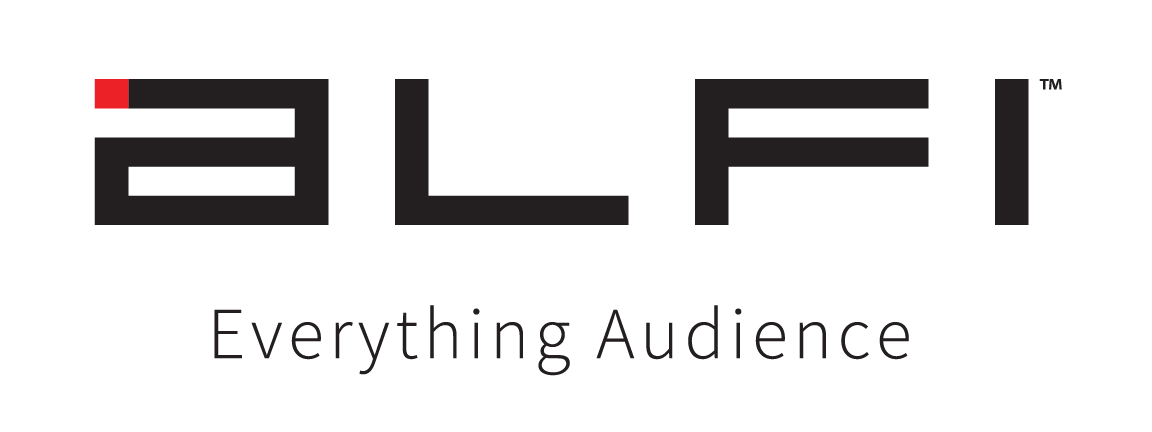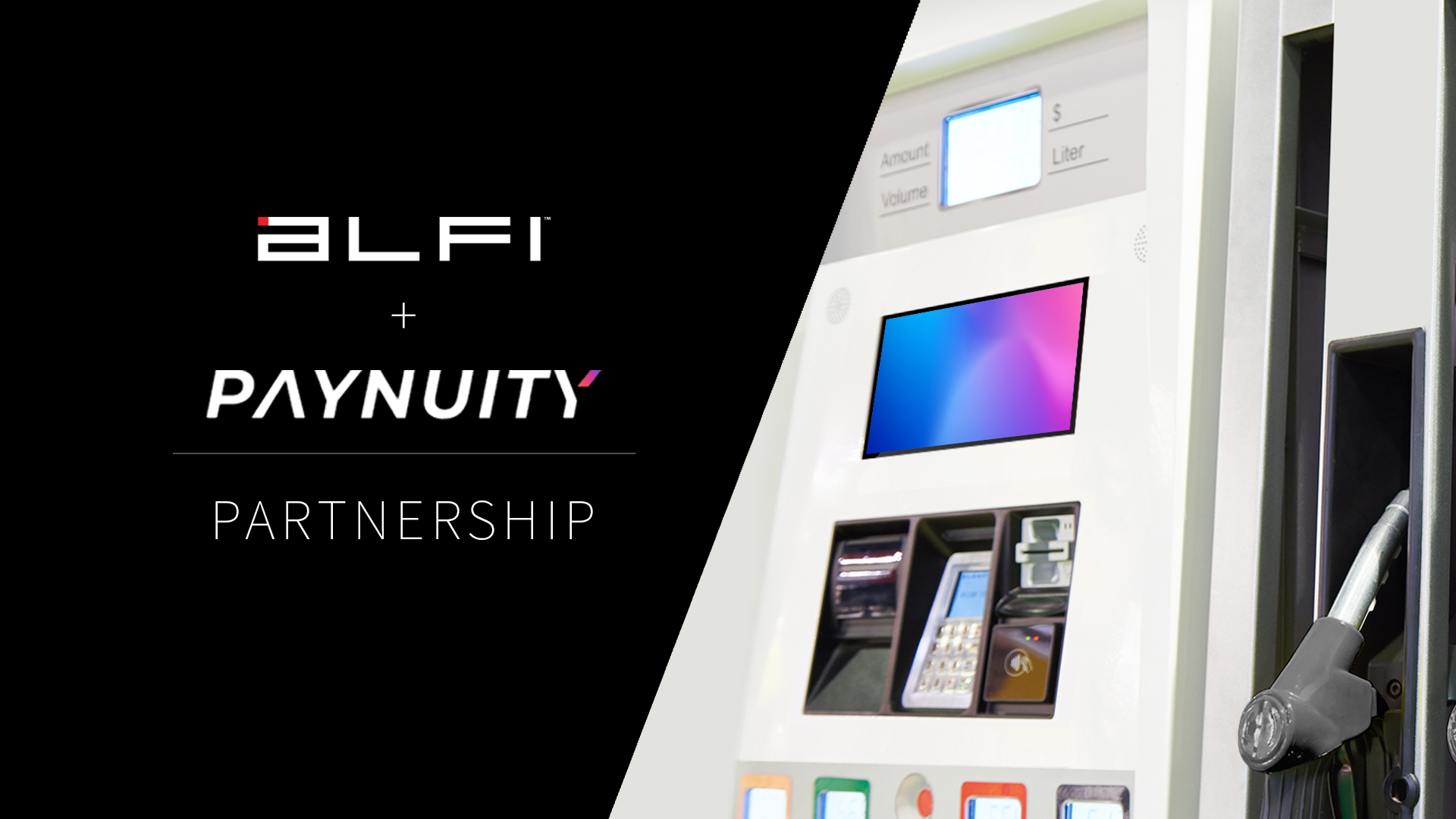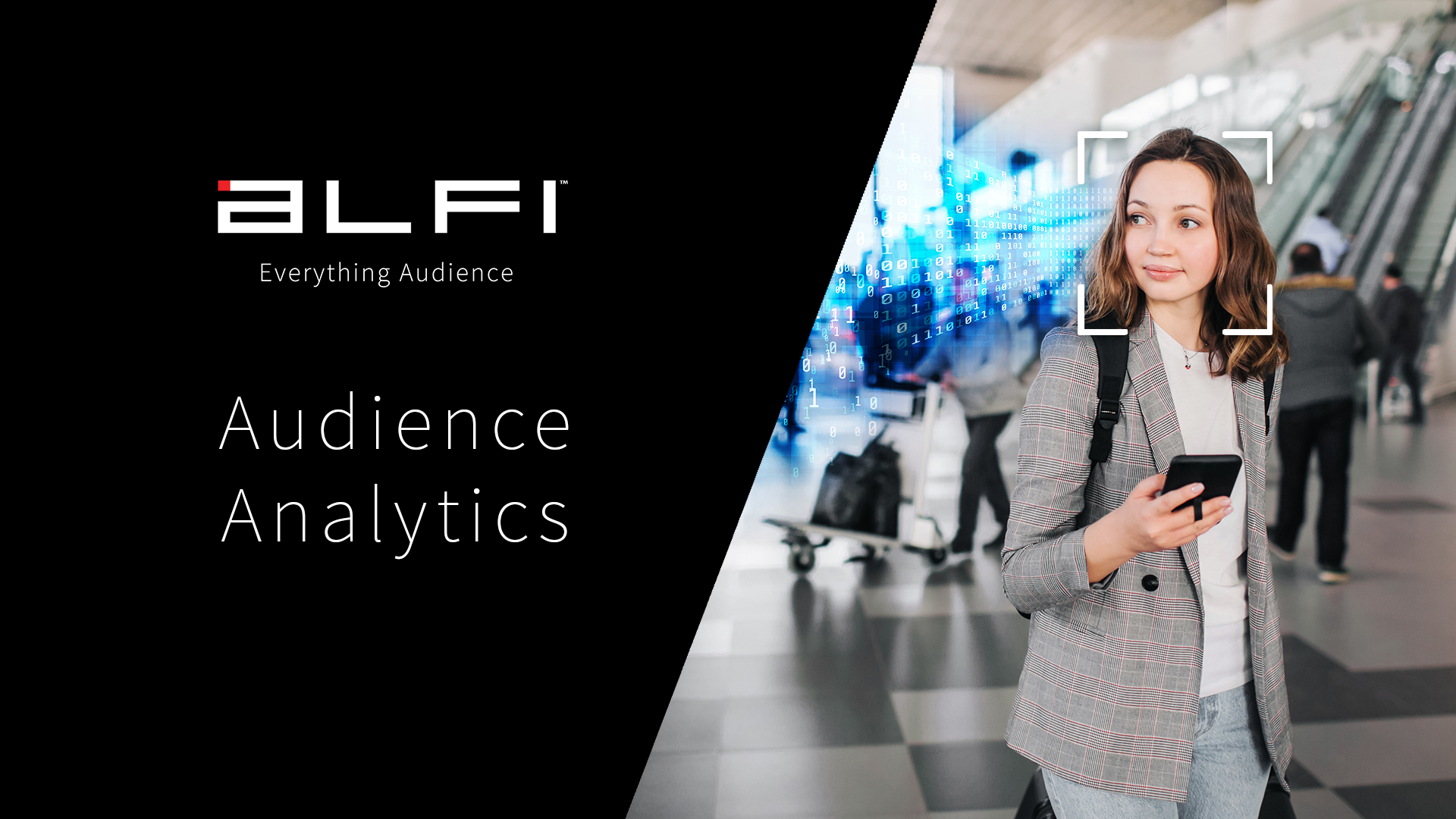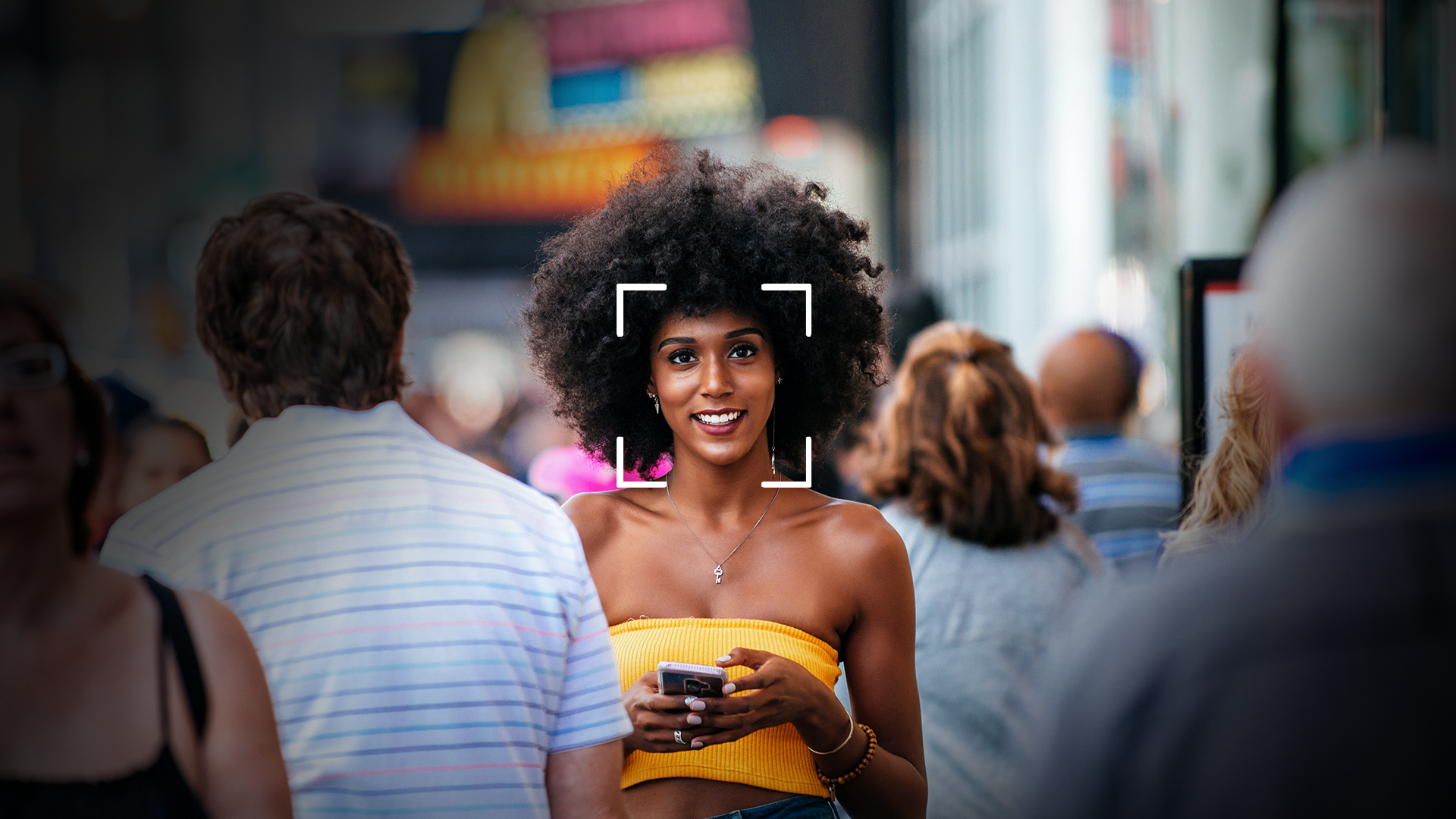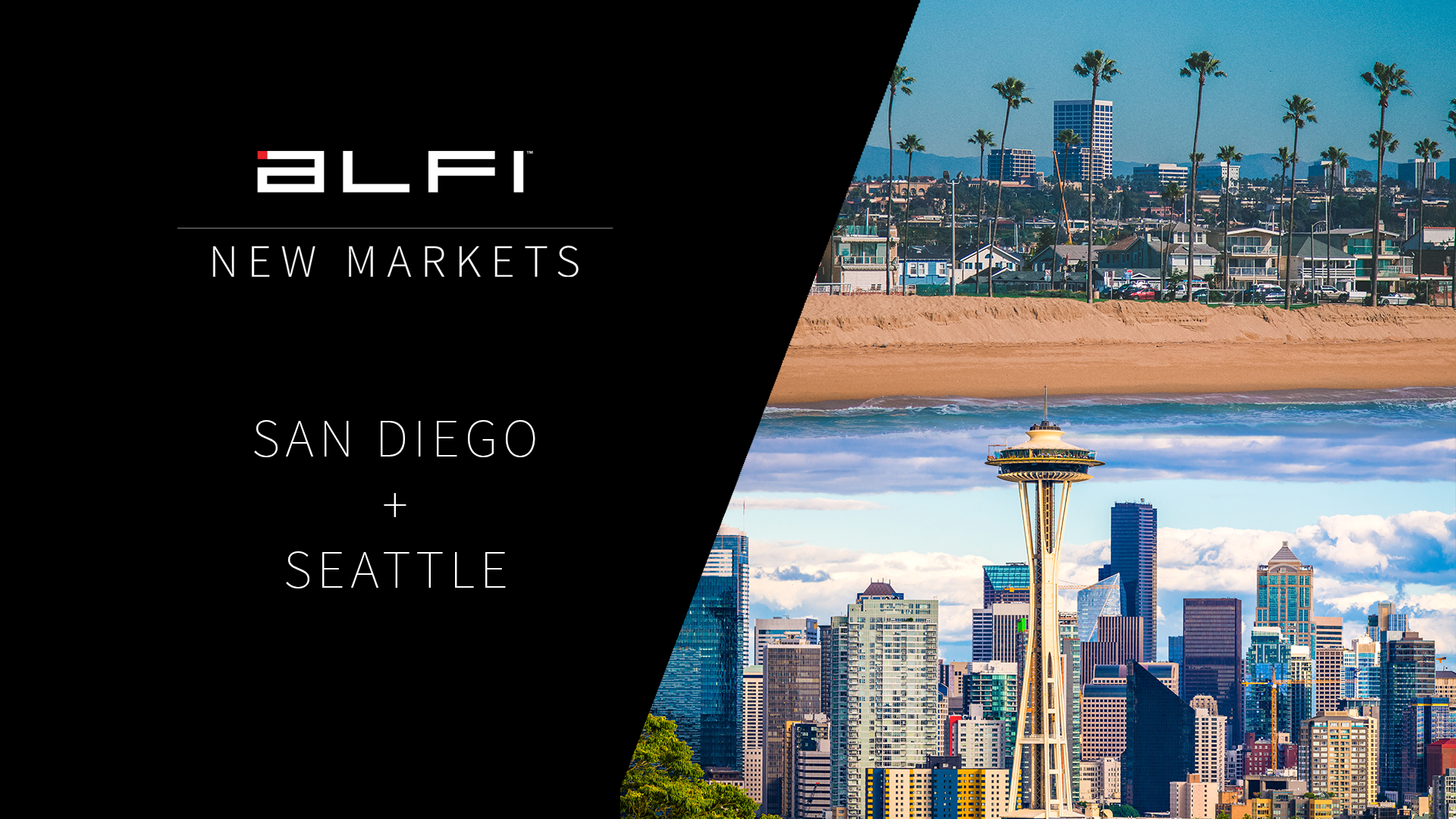Looking to increase your online presence, improve sales, and increase your conversions? How do you – a small business owner – set your brand apart from the numerous businesses popping up both on- and offline?
Digital out-of-home advertising (DOOH), of course.
It’s been a chaotic year for businesses big and small since the pandemic began, with some better poised to absorb the financial hit and shift resources more quickly than others.
The good news is that as the vaccine rollout continues across the United States, things are on the up and up for everyone involved. Increasingly, more people are getting out of their homes and back into their pre-pandemic spending habits.
When they venture back out into the world, how will you make sure your small business gets the kind of exposure it needs? The right advertising channels – especially digital ones – can play a huge role in launching your company to success.
DOOH advertising has emerged as the perfect 2021 solution, providing an excellent opportunity for small businesses to stand apart from the competition – especially when up against household names.
How to Advertise a Small Business in 2021
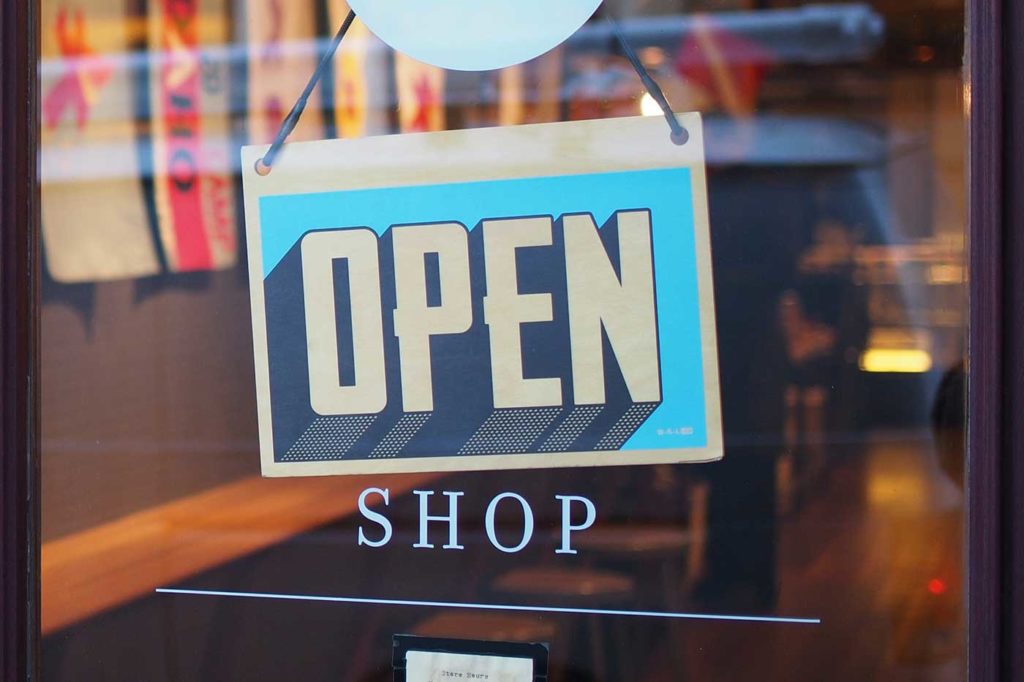
As people travel beyond their immediate, essential stores to other stops and retail locations, brands will have more opportunities to connect with them wherever they go. From rideshare advertising to billboards to interactive screens, today’s consumer is constantly surrounded by potential brand connections.
And with social distancing and hygiene standards ramped up, digital advertising solutions have provided convenient, much-needed tools that have helped small businesses stay relevant during the pandemic.
With flexible tech that can be updated in real-time, DOOH showcases a brand’s unique identity, products, and services with visually engaging hyper-targeted ads far more tailored to the consumer of today.
Basically, it allows brands to selectively curate content that is then targeted to the right audience at the right time.
But more on that a bit later. First, why are so many small businesses leveraging DOOH advertising?
DOOH: Affordable and Accessible
When designing a marketing campaign, ad spend is typically what separates the big sharks from the small fish. Household brand names – with exorbitant, million-dollar campaign budgets – have traditionally dominated ad spaces. But DOOH has changed that.
With the right campaign and targeting, DOOH can be incredibly efficient in terms of ad spend.
The advantage of DOOH is that it is not only an incredibly cost-effective method of advertising, it also levels the playing field for up-and-coming businesses everywhere. The hyper-focused targeting delivering a specific message to a specific group of people is what makes DOOH so affordable.
Many DOOH campaigns are priced around slot-based pricing, where each time spot in a platform holds a flat advertising rate. However, visionary AdTech company, ALFI, runs on a CPM (cost per thousand or cost per mille) model. Their current average advertising rate for campaigns ranges from $1.50 – $5.21 when compared to Facebook’s $7.19 CPM average for ads. By providing the data behind every impression, ALFI promotes accountability and transparency by only charging customers for the ads that have actually been seen.
With demand-side platforms (DSP) – a single interface allowing businesses, advertisers, and media buying agencies to search, buy, and bid automatically on display, mobile, video, and all ad inventory listed on the marketplace by publishers.
This piece of software is used to automate the process of buying display, video, mobile and search ads. Historically, digital ads were bought and sold by ad buyers and salespeople in a much more expensive process that forced planning way ahead for optimizing campaign reach.
Programmatic advertising is the automated buying and selling of online advertising, so advertisers are only paying for ads that are delivered to the right people, at the right time. DSPs help make that process cheaper and more efficient by removing humans from specific parts of the process. This solves the issue of negotiating ad rates and manually faxing ad insertion orders. It’s an all-in-one solution for everyone involved.
Small businesses can now select ad placement scaled to their business requirements. Small ad needs? Buy as little as an hour of ad time. Choose select screens to display ads at specific times of the day.
It’s not about how many ads you can throw up around town; it’s about who sees the ads, where they’re displayed, and when they pop up.
Quality Over Quantity
The convenience of DOOH advertising is that you can purchase only the ones relevant to your market, saving you money in the long run with more effective ad placement instead of more ads altogether. More bang for your buck, so to speak.
Gone are the days when you had to book a 4-week campaign. DOOH ad spend flexibility allows brands to create smarter campaigns tailored to their unique audiences.
On a limited budget, a small business debuting a brand new restaurant location might choose to display ads during lunch and dinner hours on nearby bus shelters, digital billboards, and engaging screens in their own windows, focusing on the local and commuter crowd for an initial campaign.
Brands can start small and build from there, with DOOH giving them the accessibility and flexibility to do so. To read more about DOOH advertising rates, check out this article.
DOOH Advertising Offers Better Targeting
Gone are the days of indiscriminately broadcasting ads to anyone and everyone. With DOOH campaigns, brands are not throwing ads at random audiences, hoping they will get noticed; DOOH uses hyper-focused, local targeting to provide a specific message to a select group of people more likely to connect with that brand.
Powerful computer vision allows DOOH platforms to capture demographic and behavioral data of consumers as they view DOOH ads to increase the accuracy and effectiveness of targeting. Then, AI combined with the machine learning-powered recommendation engine looks for patterns and responses in human behavior to offer the right content to the right person at the right time.
Consider the power of advertising – and its impact on ROI – for users in proper contextual environments, where you can connect with them several times over the course of the same day. After seeing an ad several times, viewers are far more likely to convert.
Screen owners often collect data by partnering with mobile data companies to provide demographic data like age, gender, interests, life stage, and more – that is anonymized.
At ALFI, our platform pairs powerful computer vision with AI and machine learning models to display clients’ ads only to their target customers when they’re most susceptible to making buying decisions.
For the first time, audiences can be targeted in real-time based on their behavior and physical demographics. Brands can now determine how effective their OOH ad is at getting attention, but also collect valuable audience data to get true insight on who is paying attention. And they can do this while reaching multiple consumer touchpoints during the customer journey.
Thanks to ALFI’s advanced AI and technology, impressions on our DOOH units can be confirmed as viewed when our system detects audience behavior, as well as their demographics. Additionally, with more and more DOOH campaigns including some type of “digital footprint” to follow the customer from point of exposure, to point of conversion, it’s never been easier to show and prove concrete ROI results.
Beyond traditional out-of-home advertising, ALFI offers real-time engagement, performance, and reliability.
Who sees your DOOH ads?
In the process of booking a DOOH ad, rather than manually choosing the screens you want your ads to display on, you select your desired audience, including any specific segments to target. The platform then analyzes the inventory available, selecting the right screens to display your campaign.
Let’s say your goal is connecting with millennial shoppers; the system would then find screens in locations where millennial users are located – perhaps university campuses, local entertainment venues, and more prime locations for your ad to be displayed.
Shifts in Brand Loyalty

Instead of a decrease in spending, the height of the pandemic saw major shifts in where consumers put their money. As the economy revs back up to full speed, expect many of these new behaviors to last beyond the pandemic. To surveyed users, brand loyalty seemed to be less important than overall value:
75% of surveyed consumers tried a new shopping behavior and most intend to continue it beyond the pandemic; 36% of consumers tried a new product brand and 25% tried a new private label brand, according to McKinsey. Of those who tried new brands, 73% intended to add new brands into their routine.
For smaller brands, this offers a foot in the door. Consumers are out there waiting for your unique elevator pitch. With DOOH, you now have the perfect way to connect with them at just the right moment.
Whether that is while they shop for groceries, commute home from work, or order a rideshare vehicle, your brand now has their undivided attention.
The Real-Time Flexibility and Ease of DOOH Advertising
DOOH and programmatic advertising blend perfectly together, giving advertisers the ability to automatically adjust their campaigns in real-time, depending on demographics, consumer trends, and company goals.
This past year in particular has tested the flexibility, finances, and creativity of companies around the world. COVID-19 forced many businesses to shutter or reduce hours for their brick and mortar locations, shifting their attention to expanding e-commerce operations and offerings, determined to promote different inventory as consumer needs shifted and tried and true marketing channels dried up.
For a multitude of reasons, many ad campaigns came to a screeching halt.
But DOOH afforded brands a priceless gift.
The gift? The freedom to plan short-term promotional campaigns based on actionable insights from real consumer behavior.
Without needing to determine placement and content four weeks ahead of time – a luxury most companies could not afford mid-pandemic – brands could draft quick new campaigns based around quickly shifting customer trends.
Consider how many brands added masks and hand sanitizers to their inventory. With digital out-of-home advertising, you could have your ad space purchased and new product up on screens in local neighborhoods within several hours.
Plus, DOOH advertising can help in crafting a personalized experience for each unique customer. With detailed insights, you can now better tailor content to your target audience.
ALFI offers small businesses the ability to use detailed targeting options for their digital out-of-home campaigns, pay for impressions, and receive detailed analytics to optimize their campaigns.
Ad A not performing well? Take it down early. Ad B showing huge success? Invest more and double your conversions. Ad C highlighting a product no longer in stock? Pause the campaign until it’s back in stock and shift your ad focus to a surplus item. No more guesswork involved in the mix.
With DOOH campaigns, you don’t have to allocate all your marketing budget at once; you can pace yourself with a dynamic medium with the flexibility to start, pause, adjust, and optimize your advertising campaigns in real-time. For more about the role of DSPs in OOH advertising, check out this article.
Engage Users with Creative DOOH Ads
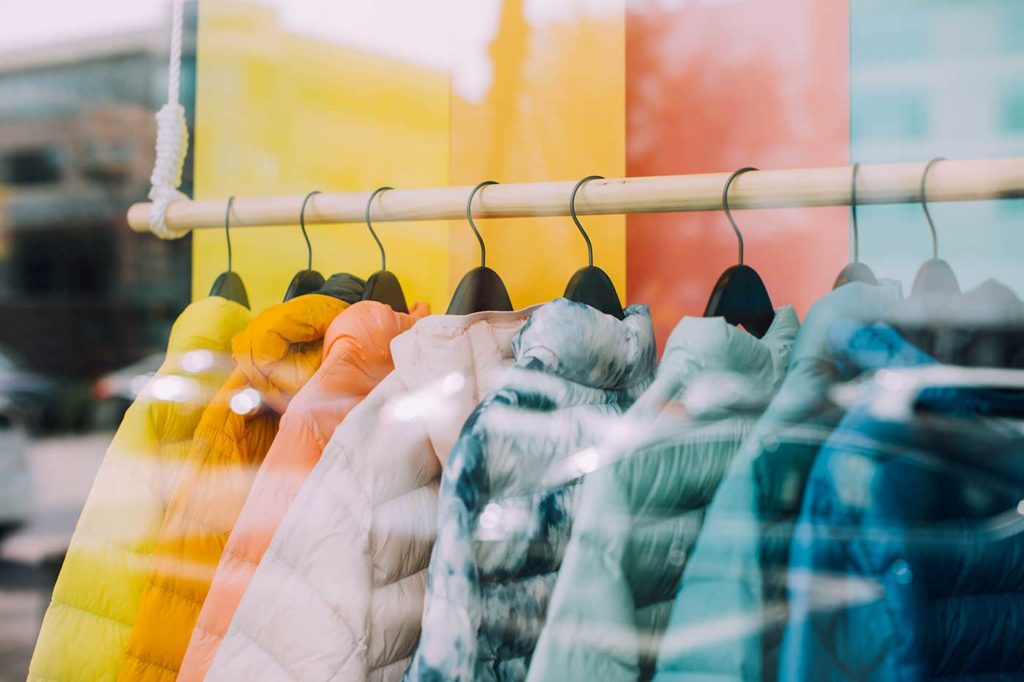
Beyond the affordability, accessibility, flexibility, and customer insights provided by DOOH advertising, each screen provides an opportunity to connect with users in a meaningful way.
Why are digital ads so effective? Typically, they function in the same ways that digital ads do on smartphones; colorful hues and contrasting designs pack an eye-catching punch that lures viewers in for the click or web search.
If done well, these ads can provide helpful, often contextual solutions for those passing, driving, and walking by. Besides being another effective marketing channel, DOOH advertising yields powerful insights that can drive brand creativity and evolution even further. The playing field is now far more level; small businesses can adapt and use their creative marketing to take a small financial investment, add some creative copy, and have it go viral.
Adding a unique storyline, intriguing question, or funny punchline can really be the difference in making your ad stand out from the competition. With people getting back outside, spending more time out of the house and on the road, small businesses have more opportunities to launch their branding and products into the mix, building those vital consumer connections.
With engaging content placed in front of the right audiences within the right spaces, conversions and sales are sure to follow.
And people are noticing DOOH ads more now than ever:
An OAAA recent report cites that 45% of surveyed users noticed billboards and other OOH media more now than before the pandemic began.
Plus, options for mediums are unlimited. With the convenience of OOH, any physical space – kiosks, elevators, rideshare vehicles, transit stations, retail stores, malls, and others – can be transformed into an ad. Enhanced AI tech and real-time data measurements allow you to address audiences offline like never before with enhanced media options.
While it’s true that with better data, small businesses can gain valuable consumer insights. But it’s also true that users are demanding more enhanced security and privacy provisions. With the death of the cookie, what’s next for brands?
Can DOOH Advertising be Ethical?
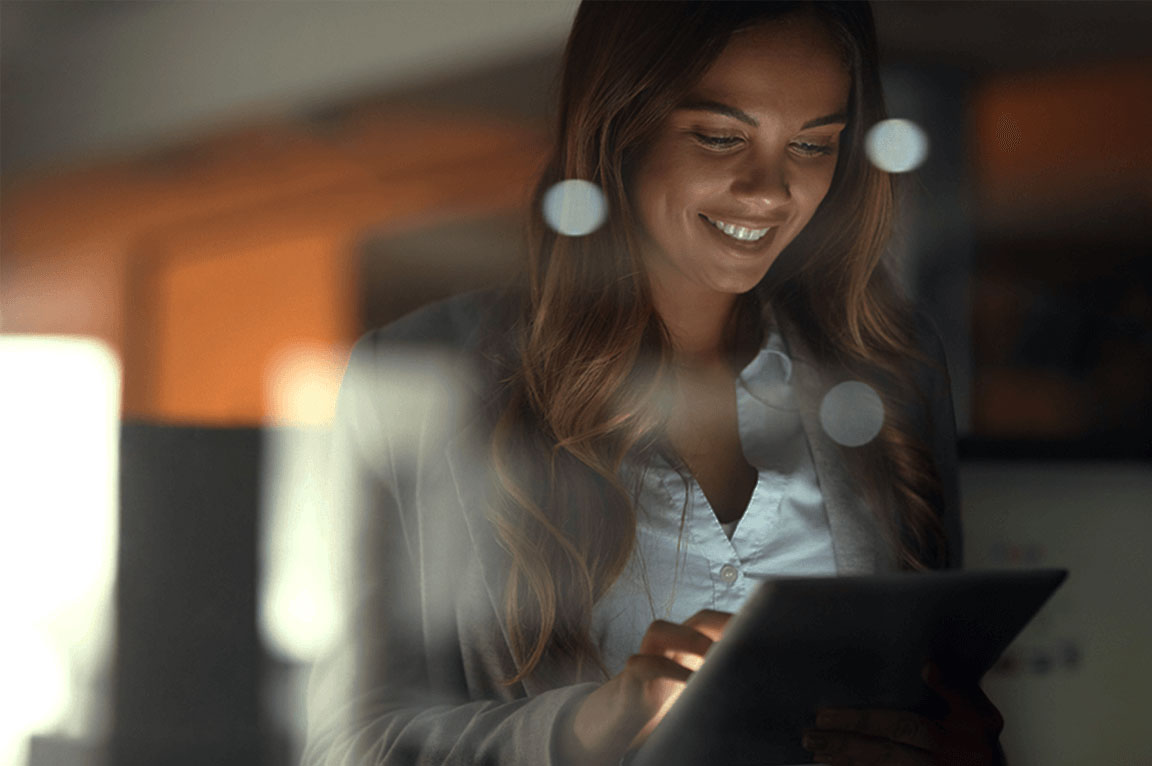
How can you navigate these new shifts with better data and still respect user privacy?
In general, DOOH ads are seen as more reliable and less invasive. There are no required videos to watch before the ad and users are free to disengage at any point. They can walk or drive away. But isn’t there user data to consider?
While other platforms blur the line when it comes to user privacy, ALFI is building the future of DOOH advertising, by crafting tools that empower media buyers to reach their exact target market, at the right time, for a fraction of the cost in a respectful and ethical manner.
ALFI’s smart technology can detect behavior without using cookies or storing personal data, facial images, or information. It sets new standards by providing precise targeting information to advertisers by collecting information in non-intrusive ways that are compliant with GDPR, CCPA, and HIPAA.
Transforming the Future of DOOH Advertising
Along with valuable data and the precision of Google and Facebook targeting for DOOH, ALFI gives media buyers complete control over the campaigns they run for their clients: from dialing down on a specific demographic to intelligent ad purchasing.
If you’re looking to boost your sales, book more appointments, increase your online presence, or have any other marketing goal, you should give digital out-of-home a try.
ALFI lets advertisers easily snag prime ad spots from prime publishers. Then, they can create campaigns that are shown to thousands of people every day in cabs, Ubers, hotels, restaurants, and much more. Want to know more? Drop us a line and our team will get in touch with you!
